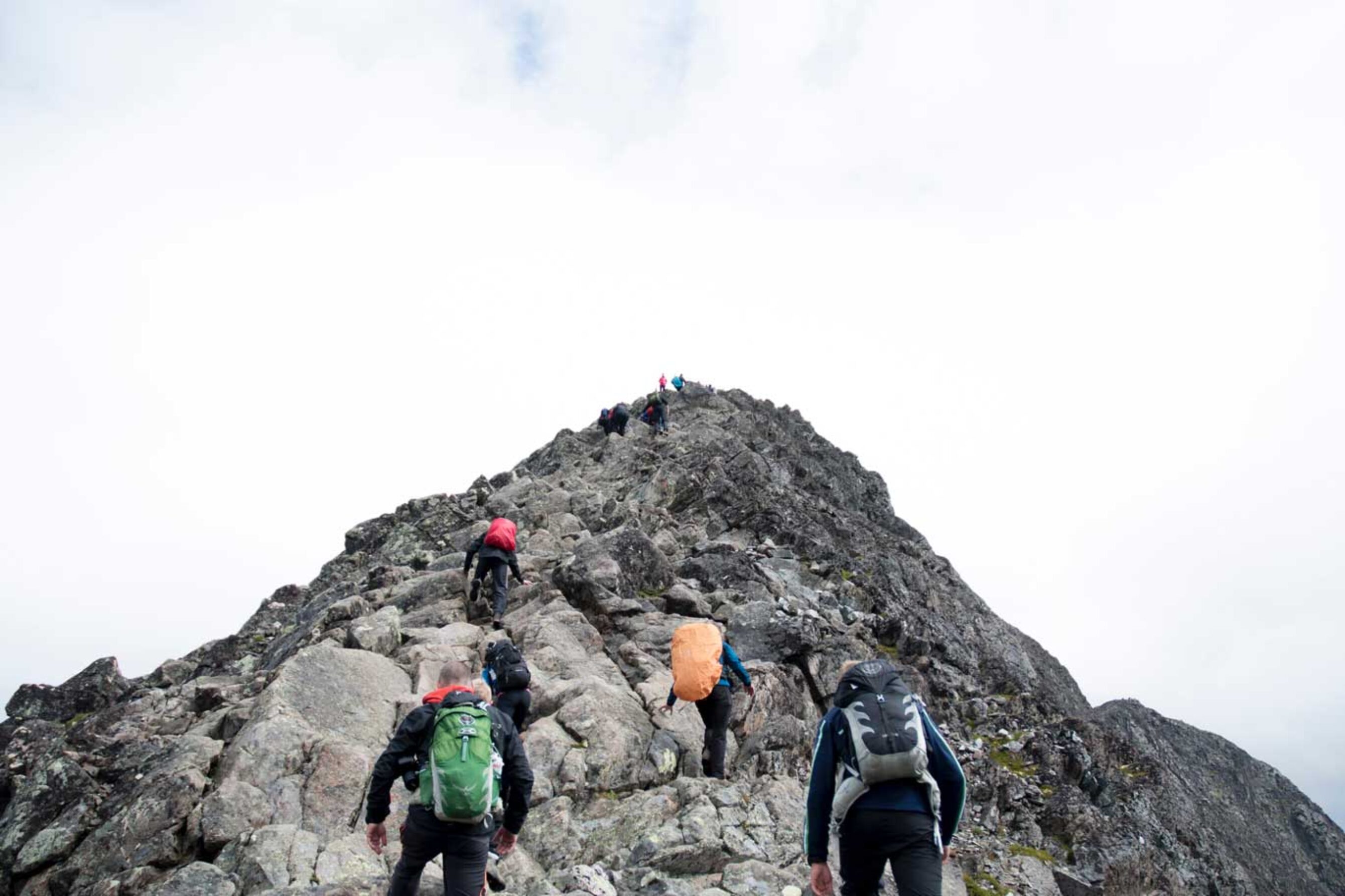What does it mean to be a leader?
In the words of John Buchan, former Governor-General of Canada, “The task of leadership is not to put greatness into people, but to elicit it, for the greatness is there already.”
We all hold a lot of assumptions about leadership. What it is. And what it isn’t.
Pause for a moment. What is the image that comes to mind when you envision a leader? Is the person at the front of a room, speaking while others listen? Is the individual a high-powered decision-maker with all the answers, directing the team on immediate next steps? Do you see a person who is relatable? An individual who facilitates genuine and generative dialogue while engaging others? Or do you imagine something else?
There is a leader inside each of us. In every moment, we impact our world. And we are always creating impact, whether our impact is intended or unintended, helpful or harmful.
In the words of Nobel Peace Prize awardee Wangari Maathai, a Kenyan environmental activist who started the Greenbelt Movement and advocated for peace-making in her leadership, “…Quite often we are looking for the big things and forget that, wherever we are, we can make a contribution. Sometimes I tell myself, I may only be planting a tree here, but just imagine what’s happening if there are billions of people out there doing something. Just imagine the power of what we can do.” Maathai makes clear that our individual and collective impacts matter.
At Lapin, we draw on C. Otto Scharmer’s idea that depending on their inner places, leaders can achieve different results.
Two leaders in the same circumstances doing the same thing can bring about completely different outcomes, depending on the inner place from which each operates.
To illustrate this point, I share an example of a Director with whom I worked several years ago, who ordered in lunch for his team every day so that we would continue working through lunch. Essentially, he wanted to get as much out of us as he could between the hours of 7 a.m. and 10 p.m. His method for efficiency and extracting maximum output was not effective. We burned out quickly.
On the other hand, I worked with another Director who acknowledged the reality that we were going to have to work very long days to complete a deliverable for our client, who had a tight deadline. He encouraged us to take breaks; we talked about what we needed in order to maintain our sense of wellbeing during this intense period and we created agreements to support each other. The result: We got through the project, we didn’t destroy our health, and we strengthened our relationships with each other.
There are many ways to achieve the results we seek. We talk with our clients often about the importance of the inner place. That is, what are the energy and intention behind my thoughts, communication, and actions?
To answer these questions, a good place to start is to ask:
- Who am I being?
- Who do I want to be?
- What is needed from (my) leadership in this very moment?
- How will I choose to be, right now?
Are you noticing a theme here? Leadership is about our way of being and communicating the thoughts that constitute those expressive energies. Our character matters. This aspect of ourselves involves how we show up and interact with others. Our capacity to lead depends on the degree to which we are clear and resolute about our inner place. After all, it is one thing to set intentions, and it is another to enact them.
As we shared in Great Leaders Inspire Others to Greatness, leadership is found in our behaviors—what we say, what we do, and how we shape our world. When we are self-authoring in this way, we influence the people around us. In turn, they discover their own leader within and their unique capacity to lead and inspire others, including themselves. Leaders grow leaders. This is leadership scalability. This is Leading by Greatness.
This kind of leadership necessitates courage, vulnerability, and resilience. Leaders go first. Leaders go, before they know. And leaders also know when to step back, when to sit down, and when to let others lead. Leadership often is challenging and pushes us to the edge of our seat. Leadership can be uncomfortable.
Accepting this role is an invitation to experiment. Showing up as a leader challenges us to find comfort in our intrinsic stature and make peace with the discomfort of risking our external status and relationships. We must give ourselves permission to let go of, or at least to loosen the grip on, our attachment to being perfect, getting it right, and looking good.
As Joseph Goldstein from Ten Percent Happier says, “Simply begin again.” We always can begin again, make a different choice, and intentionally relate with others from our inner place.
And so, building on the questions above, I leave you with these reflection points:
- How are you showing up?
- What assumptions are you holding about the situation or people?
- What wisdom does your leader within have to offer?
- What would be different, in your work, in your life, and in your most important relationships, if you trusted yourself?
- How are you creating from the leader within?
- What would shift if you assumed you belong and what you have to say has meaning and value to others?
